19 start with T start with T

Swedish scientist and visionary Emanuel Swedenborg (1688–1772) writes that the Ten Commandments are the most important part of the Bible. They encapsulate what we need to do to grow as spiritual people, with a meaning that penetrates far beyond the surface level of words and deeds.
One of the fundamentals of Swedenborg’s theology is the concept that underlying the literal text of the Bible is an inner spiritual meaning. Using this method of interpretation, Swedenborg peels back the layers of the Ten Commandments to reveal a cohesive set of teachings with both practical applications and far-reaching spiritual implications.
Although Swedenborg discusses the Ten Commandments in many places throughout his writings, he wrote four extended commentaries on the subject in four separate volumes: Secrets of Heaven (volume 7, published in 1754), True Christianity (1771), the short work Life (1763), and the posthumously published Revelation Explained (1758–1759). Those four commentaries are now being combined in a single volume for the first time, allowing the reader to compare and contrast Swedenborg’s approach across a seventeen-year span.
This book offers new insights for spiritual seekers and students of Swedenborg alike, illuminating what is at once a familiar set of biblical teachings and one of the cornerstones of Swedenborg’s system of personal growth.
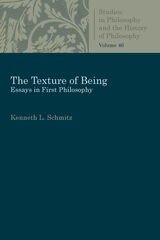

A comprehensive historical study of the complete content and overall coherence of two and a half centuries of papal instructions that have variously aroused worldwide interest, scorn, fury, reaction, and consent. It provides the kind of analysis that concerned Roman Catholics, public officials, social ethicists, theologians, and students need. It is a textually inclusive and topically broad-gauged review of Catholic social teaching in its historical development, with a forthright assessment of its regrettable contradictions as well as of its valuable consistencies.
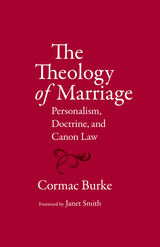
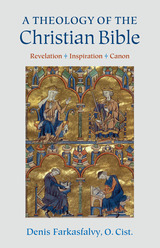
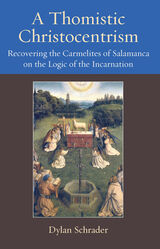
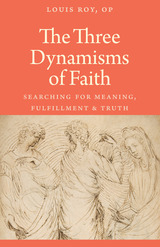
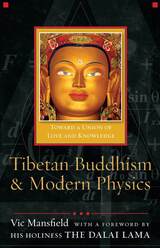
Tibetan Buddhism and Modern Physics: Toward a Union of Love and Knowledge addresses the complex issues of dialogue and collaboration between Buddhism and science, revealing connections and differences between the two. While assuming no technical background in Buddhism or physics, this book strongly responds to the Dalai Lama’s “heartfelt plea” for genuine collaboration between science and Buddhism. The Dalai Lama has written a foreword to the book and the Office of His Holiness will translate it into both Chinese and Tibetan.
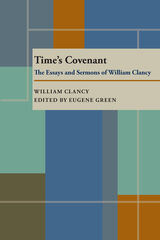

This collection presents a representative sample of the writings of three of the six Jesuits who were slain in El Salvador on November 16, 1989. Although little known in the United States, these men were significant scholars who possessed an original conception of the university. They affirmed in difficult circumstances, the pursuit and teaching of truth as a collaborative, collegial process that transcends international boundaries.
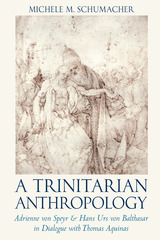
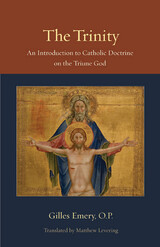
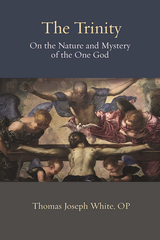
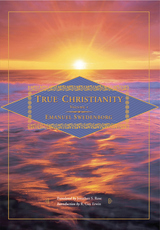
True Christianity presents a satisfying and sensible alternative to mainstream Christianity. The last book published by Swedish scientist-turned-seer Emanuel Swedenborg, it serves as both the keystone in the architecture of his theology and the summary of his far-reaching psychological insights. This volume, the first of two, provides unique answers to humankind’s perennial questions about the nature of God and about Jesus—not only what his purpose was and how he fulfilled it, but why his life and death are still relevant to us now.
This volume features an introduction by R. Guy Erwin of California Lutheran University setting the work in its theological and historical context.
The New Century Edition of the Works of Emanuel Swedenborg is a modern-language, scholarly translation of Swedenborg’s theological works. The series’ easy-to-read style retains the dignity, variety, clarity, and gender-inclusive language of Swedenborg’s original Latin, bringing his thought to life. Introductions and annotations by eminent, international scholars place Swedenborg’s writings in their historical context and illuminate obscure references within the text, enabling readers to understand and trace Swedenborg’s influence as never before.
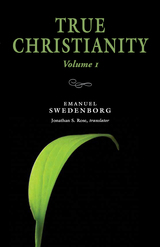
True Christianity presents a satisfying and sensible alternative to mainstream Christianity. The last book published by Swedish scientist-turned-seer Emanuel Swedenborg, it serves as both the keystone in the architecture of his theology and the summary of his far-reaching psychological insights. This volume, the first of two, provides unique answers to humankind’s perennial questions about the nature of God and about Jesus—not only what his purpose was and how he fulfilled it, but why his life and death are still relevant to us now.
The New Century Edition of the Works of Emanuel Swedenborg is a modern-language, scholarly translation of Swedenborg’s theological works. The series’ easy-to-read style retains the dignity, variety, clarity, and gender-inclusive language of Swedenborg’s original Latin, bringing his thought to life.
This portable edition contains the full text of the New Century Edition translation, but not the introduction, annotations, or other supplemental materials found in the deluxe edition.
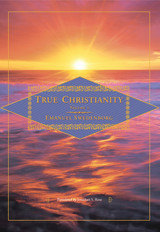
In the final years of his life, Emanuel Swedenborg wrote True Christianity, an opus that served both to contextualize his theology within contemporary Christianity and to serve as a road map for the new spiritual age that would follow. This second volume covers topics such as freedom of choice, repentance, the transformation of a person’s inner being during spiritual awakening, the rites of baptism and the Holy Supper (communion), and the second coming of the Lord.
This new translation is part of the New Century Edition of the Works of Emanuel Swedenborg, an ongoing project to render Swedenborg’s theological works in clear, contemporary language that reflects the simple and engaging style of the original Latin. The deluxe hardcover and paperback editions include extensive notes on historical aspects of the text and reference tables; they also have an index to both volumes.
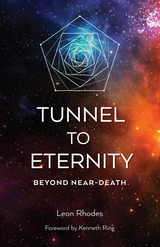
From the experience of dying to awakening to tunnels, bright lights, unfamiliar realms, life reviews, and different levels of consciousness, Leon Rhodes takes the reader on a great adventure into the unknown. An officer in the International Association for Near-Death Studies (IANDS), Rhodes recounts the stories of near-death experiences (NDEs) that people have shared with him over the years. The profound changes in their lives after their discoveries are chronicled as a source of inspiration.
In addition, the fascinating parallels between NDEs and the spiritual world, described over two hundred years ago by Emanuel Swedenborg, provide many insights into the transition from this life to the next world. Rhodes' unique Swedenborgian perspective broadens the discussion over the significance of the near-death phenomenon.
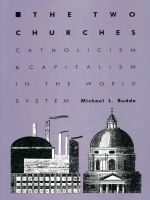
Budde's argument here is twofold. He contends that world Catholicism, led by its Third World majority (most notably in Latin America), will continue to develop in an increasingly anticapitalist direction; and he suggests that once-dominant First World Catholic churches (exemplified by the U.S. Catholic church), are poorly placed to respond in solidarity with their coreligionists from the Third World.
Covering a wide range of theoretical and substantive matters, The Two Churches examines religion as a source of both social legitimation and social rebellion. It demonstrates the importance of ecclesiology, a branch of theology dealing with "theories of the church," and it highlights the effect of capitalism on world Catholicism, as well as the latter's influence on the development of the capitalist order.
In his original, far-reaching analysis of the Catholic church's role in world affairs, Budde revises current views of religious institutions as subordinate social phenomena. By relating developments in the world political economy to material conditions in the Third World and in turn to the practice of Catholicism, he reveals how the Catholic church functions as a worldwide institution. He also shows how core-periphery conflicts within the church affect transnational capitalism.
As the Third World becomes more and more volatile, and as its relations with the First World further complicate the politics of the Catholic church, the questions addressed in The Two Churches demand attention with increasing urgency. Timely, thoughtful, and lucid, this book will inform and enhance our understanding of this complex, pressing issue.
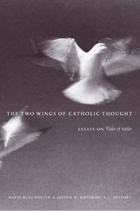
READERS
Browse our collection.
PUBLISHERS
See BiblioVault's publisher services.
STUDENT SERVICES
Files for college accessibility offices.
UChicago Accessibility Resources
home | accessibility | search | about | contact us
BiblioVault ® 2001 - 2024
The University of Chicago Press









